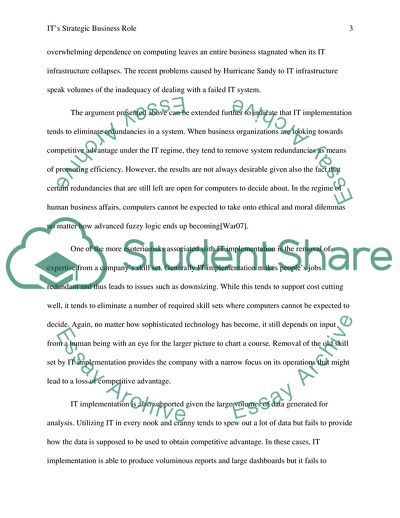Cite this document
(IT's Strategic Business Role Report Example | Topics and Well Written Essays - 1250 words, n.d.)
IT's Strategic Business Role Report Example | Topics and Well Written Essays - 1250 words. https://studentshare.org/information-technology/1788436-strategic-it-strategy
IT's Strategic Business Role Report Example | Topics and Well Written Essays - 1250 words. https://studentshare.org/information-technology/1788436-strategic-it-strategy
(IT'S Strategic Business Role Report Example | Topics and Well Written Essays - 1250 Words)
IT'S Strategic Business Role Report Example | Topics and Well Written Essays - 1250 Words. https://studentshare.org/information-technology/1788436-strategic-it-strategy.
IT'S Strategic Business Role Report Example | Topics and Well Written Essays - 1250 Words. https://studentshare.org/information-technology/1788436-strategic-it-strategy.
“IT'S Strategic Business Role Report Example | Topics and Well Written Essays - 1250 Words”. https://studentshare.org/information-technology/1788436-strategic-it-strategy.


